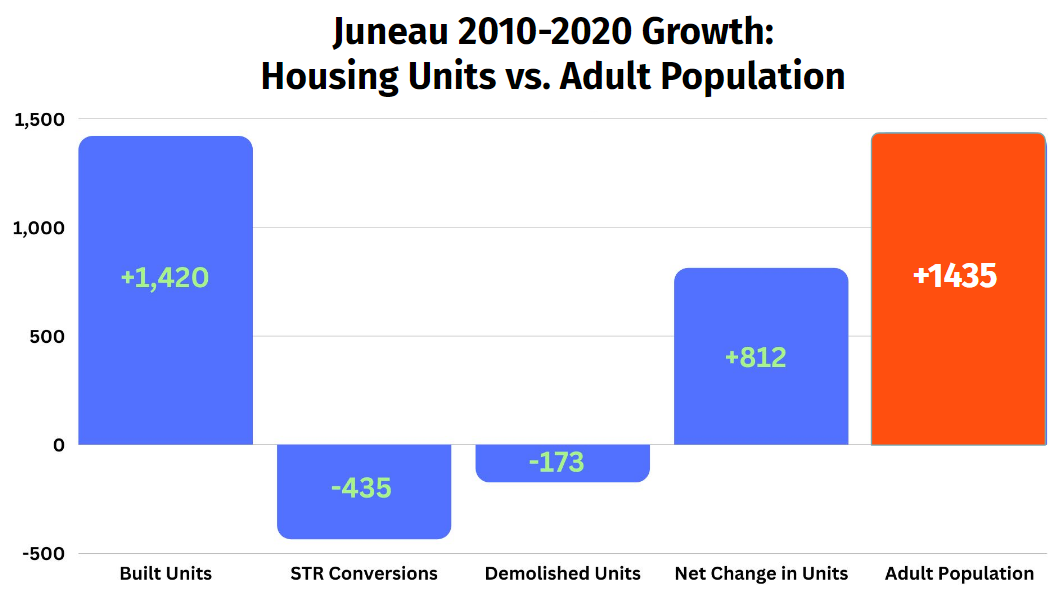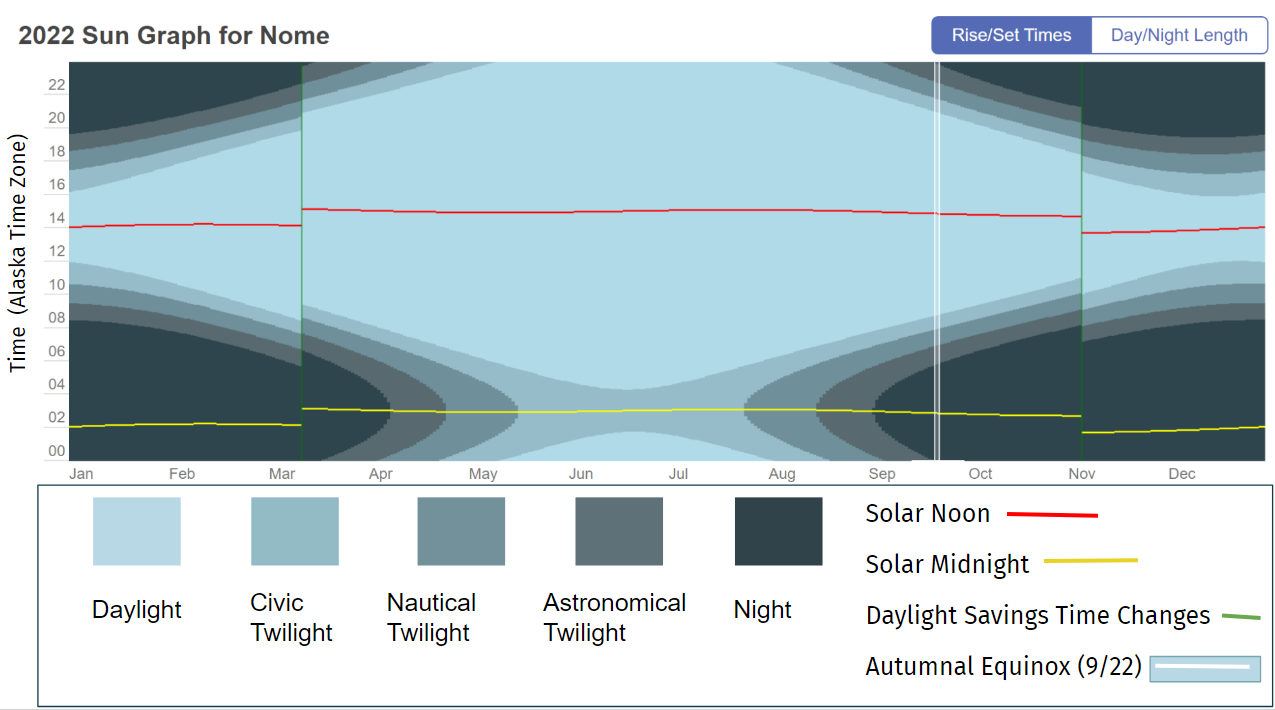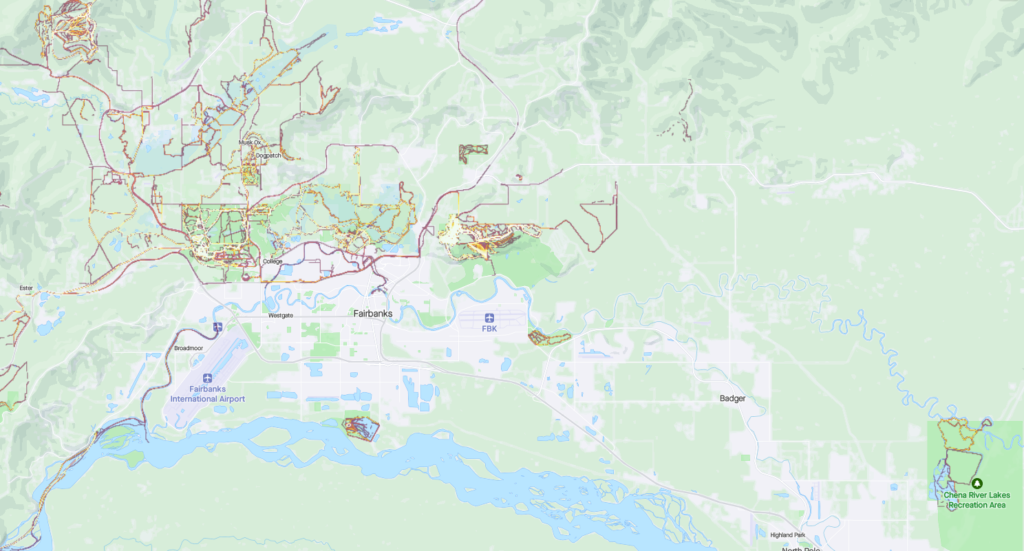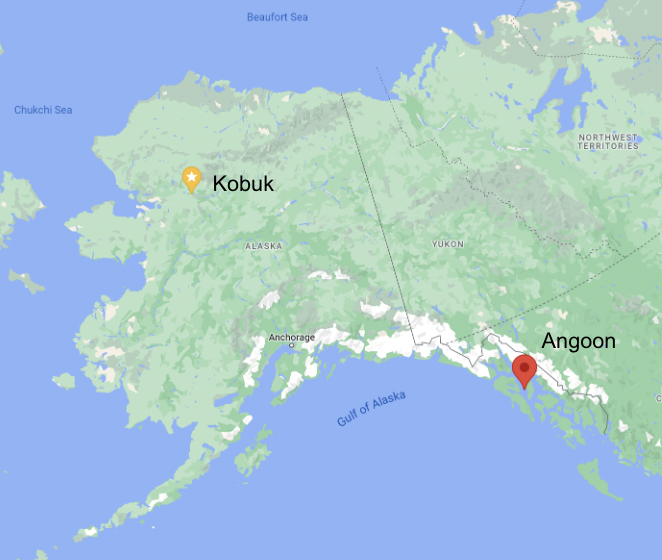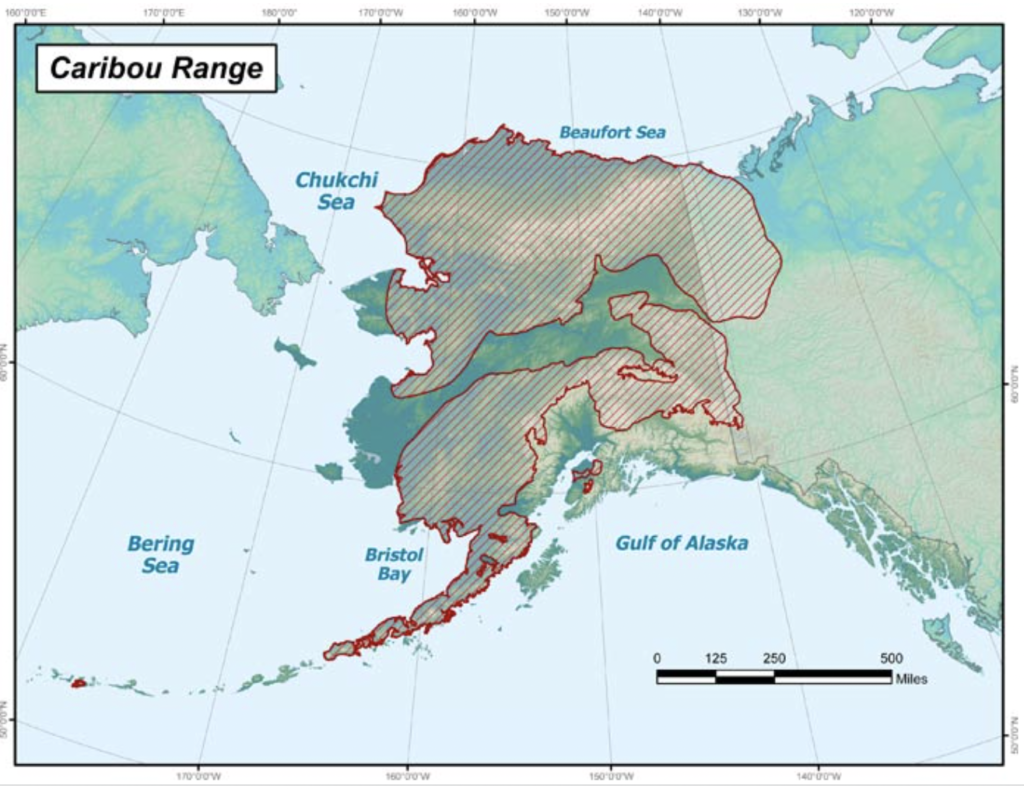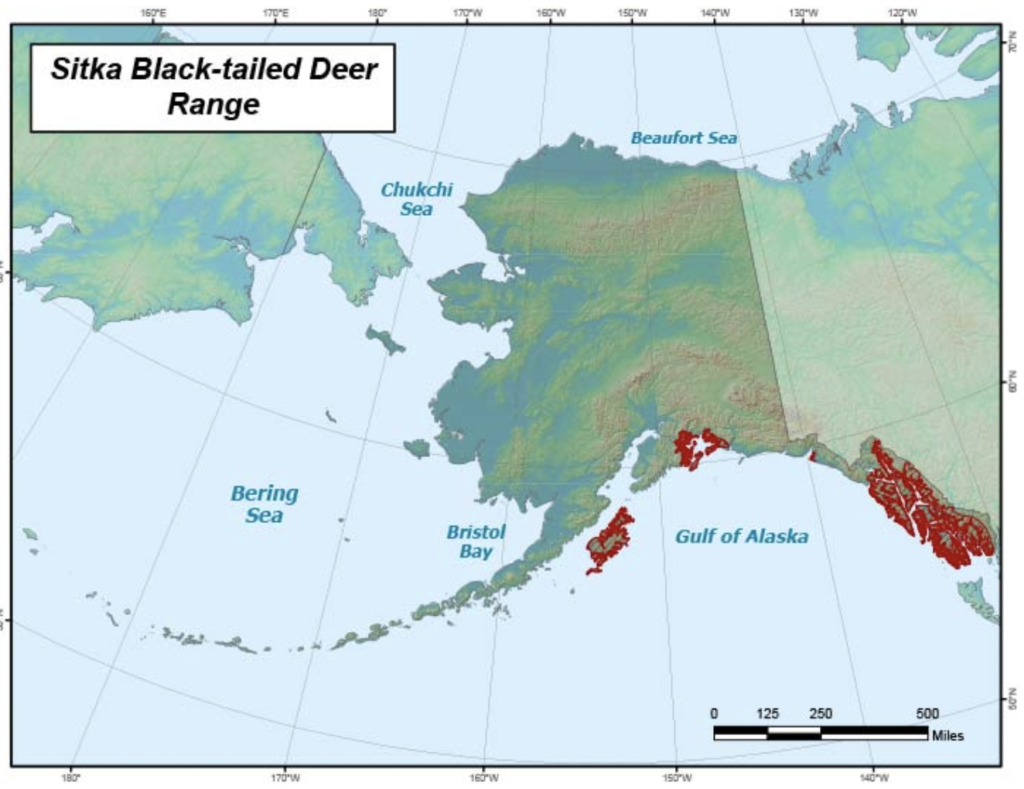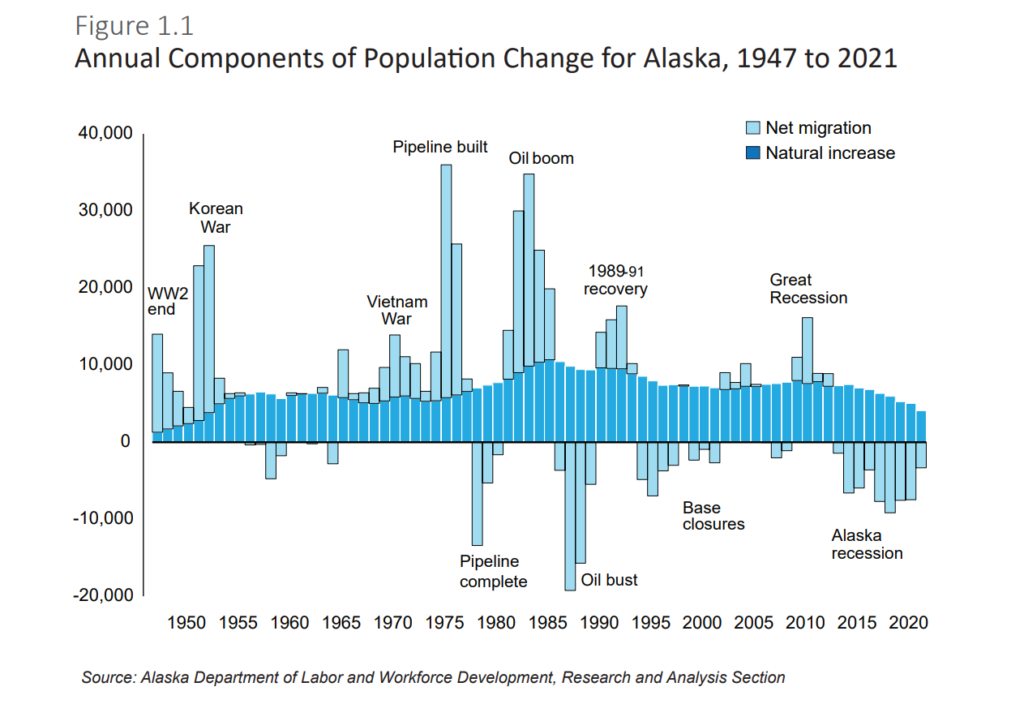Slow Reveal
Notice, Wonder, Connect
Titles suggested by students: “Alaska Housing Shortage”, “Make More Houses,” “Housing Crisis,” “No Workers = No Houses” or “The Housing Crisis We’re Facing,” “The Housing Problems of Alaska.”
Across Alaska, there’s a major housing shortage.
In Dillingham, teachers slept in their school earlier this year. In Southeast Alaska, businesses have lost workers because those workers can’t find housing. In Seward, the high school principal had to sleep in an RV by the ocean when he didn’t commute from Anchorage. In Girdwood, Alyeska Resort is building employee housing while in Ketchikan, a former state ferry serves the same purpose.
Last year, housing prices in Alaska hit a record high, with the average sale price of a single-family house topping $388,000. The average cost of a rental rose 8% this spring, to $1,276 per month, and rental prices in Anchorage rose 14%.”
James Brooks, Alaska Beacon published by Alaska Public Media, Nov. 2, 2022
Most of Alaska is facing a housing crisis now: there’s not enough housing available and what is available is too expensive for many people. Why? In Juneau, summer of 2022, there was a theory circulating that the problem resulted in part from landlords converting their traditional, long-term rentals to “short-term rentals” (such as Airbnb) because those were more profitable. The City and Borough of Juneau Assembly asked Juneau Economic Development Council to some research and report back. This week’s graph shows what they found out: that conversion to STR’s is only one part of why there’s not enough housing. The larger factor is that while Juneau’s population has remained steady, the number of adults has increased (while the number of children has decreased) and the number of adults living alone has increased, and so more housing is needed for them. Additional graphs provide more context throughout Alaska and the U.S. While this graph is specific to Juneau, the lack of available and affordable housing is a huge problem throughout Alaska now, and looking at one community in detail can help us understand the complexity of the problem. What, if any, housing challenges do you see in your community?
For adults, one of the highest living expenses is housing. There are several common ways to attain housing: you can buy outright, buy through a loan, rent, or live with family or friends.
If a buyer has a lot of money at their disposal, they can sometimes buy a house or apartment unit outright.
However, most people don’t have enough money at their disposal to buy a house – for example, the median price of a house in Juneau was over $450,000 in 2021. This means that most people who buy a house borrow money from a bank for the down payment, and then make regular monthly payments (with interest) to pay off their loan; this can take up to 30 years. This loan is called a “mortgage”. If a borrower is not able to pay off their loan, the bank can take control of the house and kick the person out.
Thirdly, many people pay rent and do not own the unit that they live in. People who own housing units, called “landlords”, rent out their spaces to others at a certain rate. Typically, renters (called “tenants”) pay a monthly fee to continue living in the apartment/home/unit. Sometimes that fee includes utilities such as electricity or heat, other times it doesn’t. The “average adjusted rental price” is determined by adjusting all rental contracts to include utility costs to make comparisons more valid.
Within a community, the ability to find housing has a large economic impact. Because we live in a capitalist society, housing is viewed as a commodity (something that can be bought and sold) that landlords & real estate investors can use to make a profit: supply and demand tend to dictate the availability and prices of housing units, similar to gas prices going up when there is less oil being imported into the United States. When demand for housing outpaces the local supply, housing prices go up and many low-income individuals and families are either severely cost-burdened by housing prices or are unable to afford them at all. This leads to more people leaving Juneau, employers having difficulty attracting people to fill jobs, and people having less disposable income to spend – which then has a negative impact on the economy as a whole.
Juneau’s low vacancy rate and high average rental price: Juneau’s 2022 vacancy rate (all rental units) was 3.6%. That means that out of every 1000 rental units in Juneau, only 36 are actually available for additional renters. Such a low vacancy rate shows us that Juneau is facing a crisis of affordable housing – most economic research agrees that a vacancy rate of 6-8% is ideal to keep rental prices balanced and affordable. Juneau’s average rental price for an apartment in 2022 was $1,260 per month ($15,120 per year). For someone earning Alaska’s minimum wage of $10.34, this constitutes 70% of their yearly pre-tax income, over two-thirds, which is a huge cost burden. It would leave them with only about $6,387 to spend on all other items: federal income tax, food, medicine, entertainment, car payments, maintenance, etc. It’s commonly agreed that 30% of wages is a reasonable percentage to spend on housing. The “Housing Wage” in Juneau – to afford the average rental price – would be $24.23/hr (about $50,4000/year)
The graph shows that between 2010 and 2020, there were 1,420 housing units built, 435 units converted to short-term rentals, and 173 units demolished. Short-term rentals (STR) – such as B&B’s or AirBnB’s – are set up for tourists and others who only want to live in Juneau for a short period of time (like, for instance, legislators). Even when owners of STR’s agree to rent for a longer period of time (a year), they charge at the more expensive, short-term rates. STR’s, therefore, are not useful or affordable housing for Juneau residents. Within those ten years, there were 812 net units added. Within the same time span, Juneau’s adult population increased by 1,435 people.
In 2021, the average number of people per housing unit was 2.45 in Juneau. This means that, theoretically, 812 units should or could be enough to accommodate 1,989 new people (812 x 2.45) – but clearly, due to continually rising prices, very low vacancy rates, and, yes, considerable anecdotal evidence, there isn’t enough housing in Juneau, and new units need to be built to lower prices and allow more people to buy and rent housing units. While, theoretically those 812 units “should” be enough to accommodate the additional needs, it’s very likely that there are not 812 units actually available to those 1989 people. The data does not account well for all the housing units that seem to be available, but actually are not. For instance, some units may be used as vacation units, others may be occupied by short-term tenants such as legislators and seasonal workers) that are not on the main STR websites (e.g., AirBnB). In addition, demolished/decrepit units are undercounted because there isn’t a consistent city system to account for them.
What factors could be creating this crisis in Juneau’s housing market? (see additional graphs in the slides for supporting evidence)
- The adult population has grown more quickly than other parts of the population, and adults are the age group most likely to need housing.
- Juneau has an “aging in place” population, meaning there are many seniors who occupy more housing space than in previous years (when seniors would have moved to assisted living homes or out of state).
- The increasing number of seniors living alone is a driving factor behind the declining average household size, which contributes to the problem of needing more housing units for the same number of people.
- People’s living arrangements in general continue to change, with more people living alone in Juneau than in previous generations.
- A partial factor, as noted, is the conversion of units to short-term rentals whether for workers or tourists.
- Inadequate data as described above. We don’t have the systems in place to accurately measure how much housing stock is or is not available and so it’s been hard to plan.
- Inflation is a factor in the price increase. Specifically, the cost of building materials has gone up sharply.
- As noted above, we live in a capitalist economy and supply and demand drive prices up and down. When supplies (of housing) go down, the sellers (landlords) charge more because they know buyers (renters buyers of houses) will pay more.
What are other factors influencing the housing crisis in the rest of Alaska? In addition to the variables at play in Juneau, some communities have additional issues.
- Many communities off the road system, for instance, have an especially difficult time creating new housing stock because of 1) the short construction season and 2) the fact that barges with construction materials only arrive twice a year. (Alaska Public Media)
What can be done to reverse the lack of affordable housing in Juneau and throughout Alaska?
- Subsidized housing (the government pays part of the rent and/or pays for part of the construction of new housing)
- Employers build housing for employees
- Creative solutions in which seniors rent out their extra space/bedrooms to adults needing housing in return for assistance around the house
- Open up more land for building (e.g., rezoning.)
- Make local lumber more accessible for local building
- Tax incentives and grants to encourage and support more construction, particularly higher density units and affordable housing for workers.
Another way to look at housing is from a community level re: climate change and minimizing carbon footprint. The NYTimes describes how Dr. Chris Jones “in earlier research, [….] has shown that for many cities, such as Berkeley, Calif., the single most effective climate strategy local leaders can pursue is to add what’s known as infill housing, apartments or townhouses built in underutilized parts of cities to reduce car dependence and improve energy efficiency.”
Additional Resources:
- Juneau Housing and STR’s Research (JEDC, Nov. 2022)
- Alaska faces unique housing challenges, as feds send millions of dollars to help, top HUD official says (Alaska Public Media, Aug. 2022)
- Here’s what Alaska’s gubernatorial candidates say they’ll do about the state housing shortage (Alaska Public Media, Nov 2022
- Living wage calculator: https://livingwage.mit.edu/
- New legislative housing could address longstanding challenges for lawmakers and staffers in Juneau (KTOO, Jan 2023)
Graphs and analysis posted by Brenda Taylor, with expert input and advice from Anton Rieselbach, JEDC Researcher.
Visualization Type: Bar Graph
Data Source:
Visualization Source:

